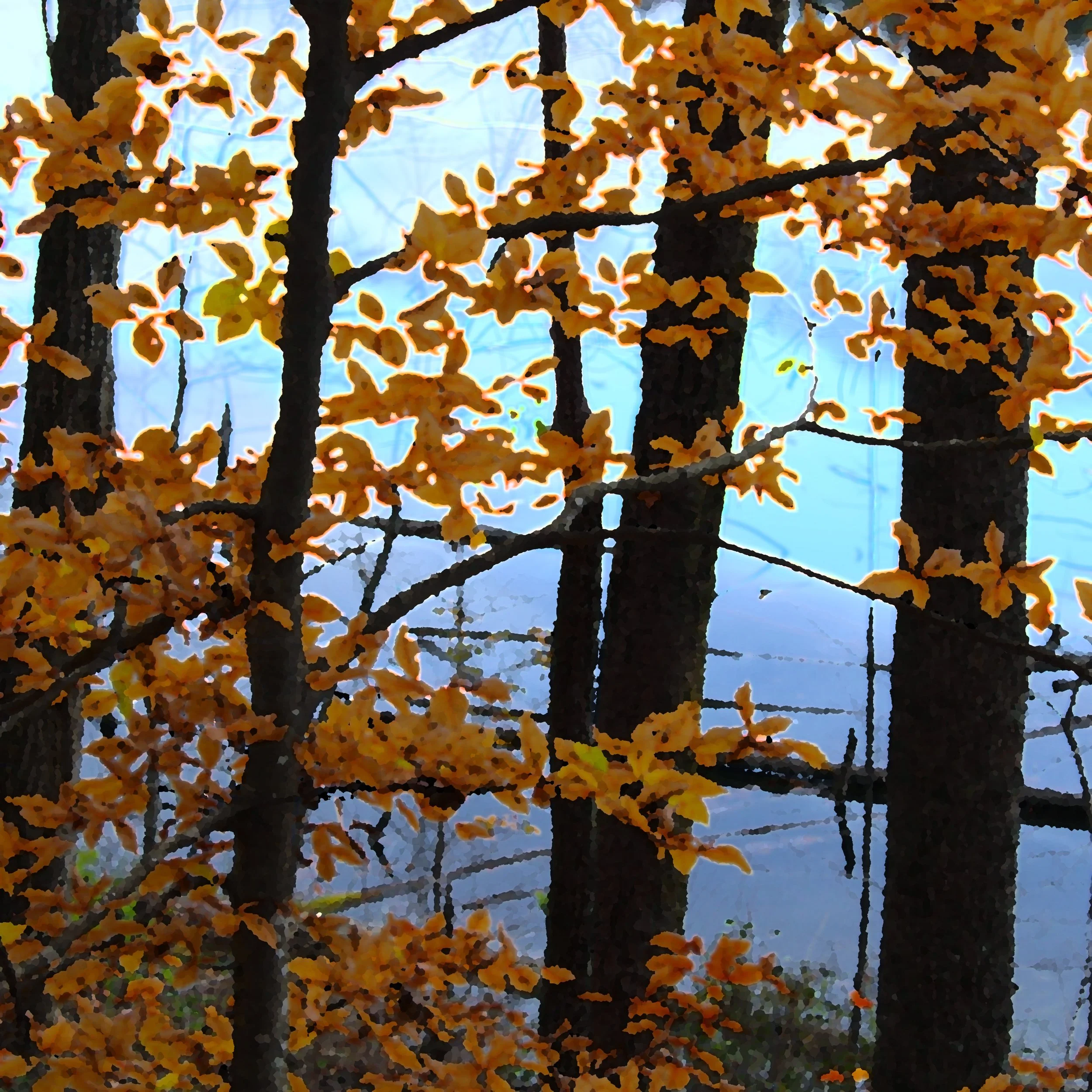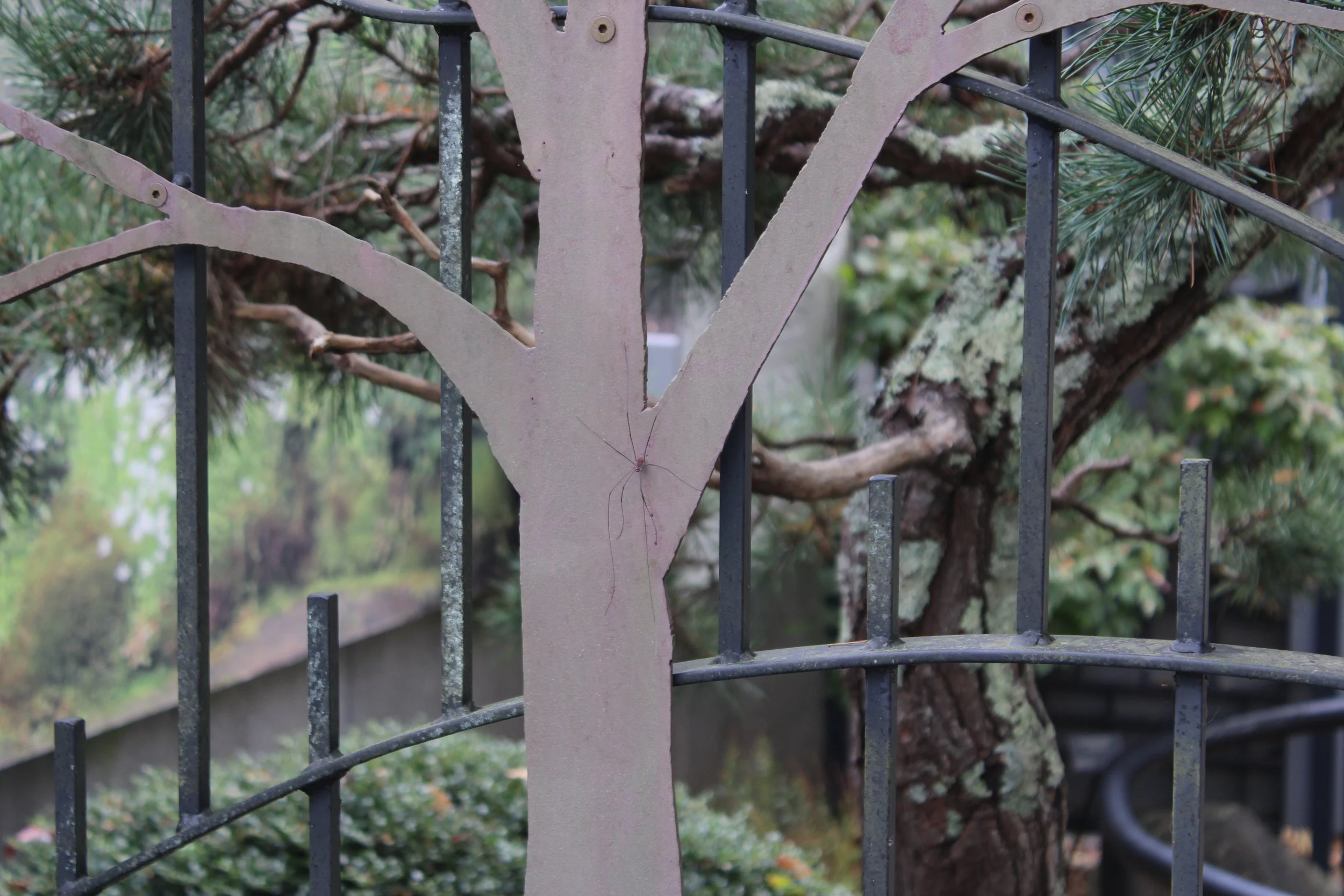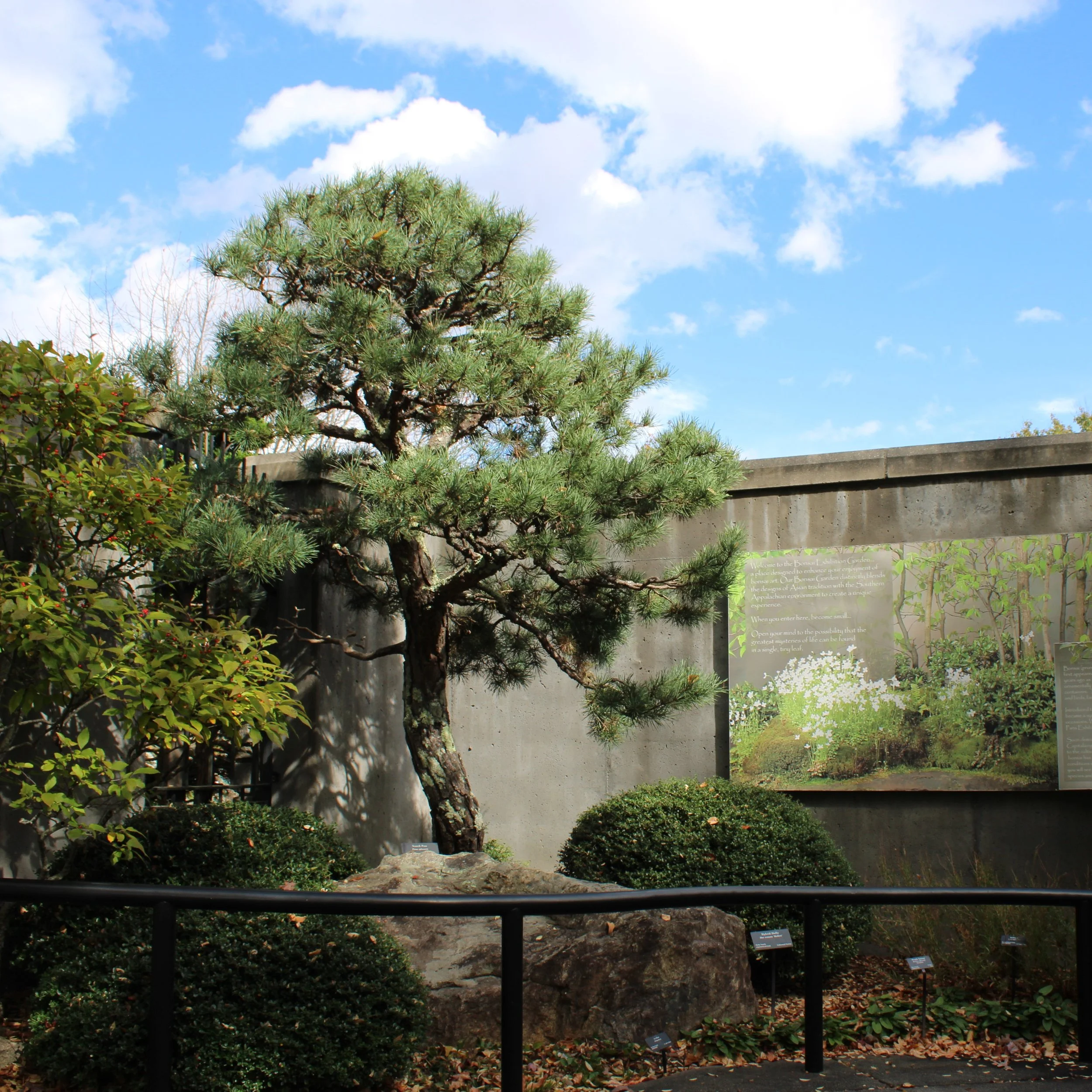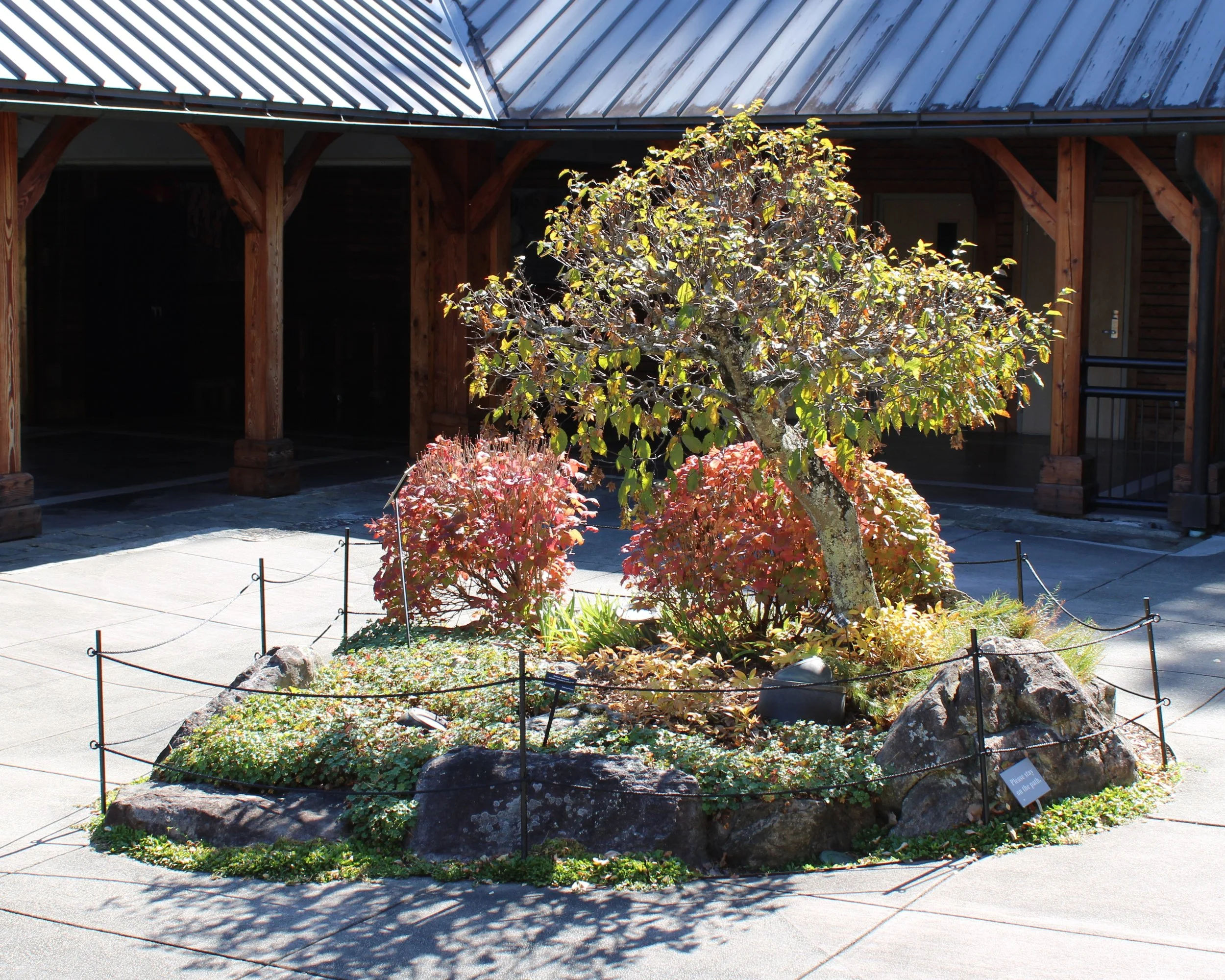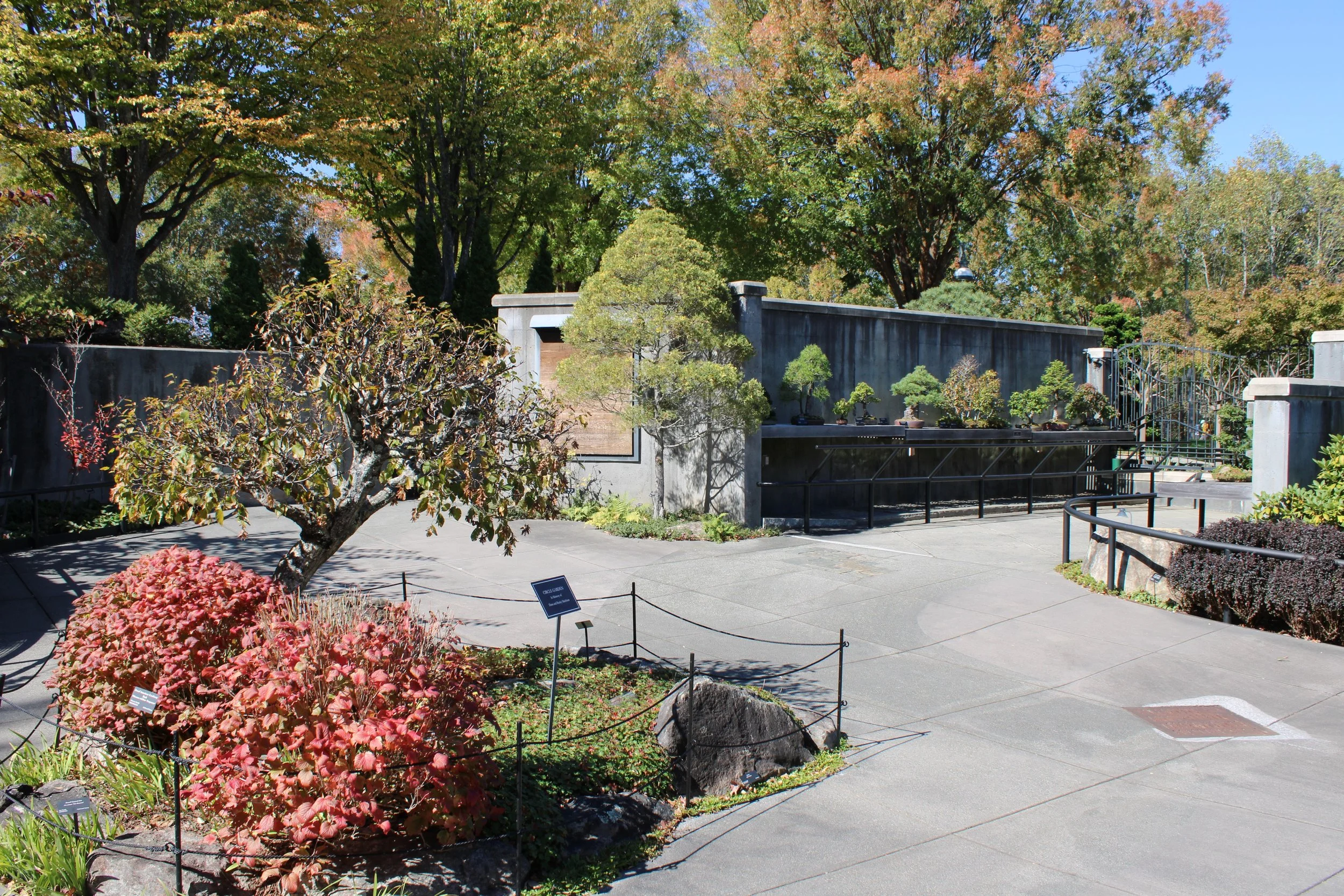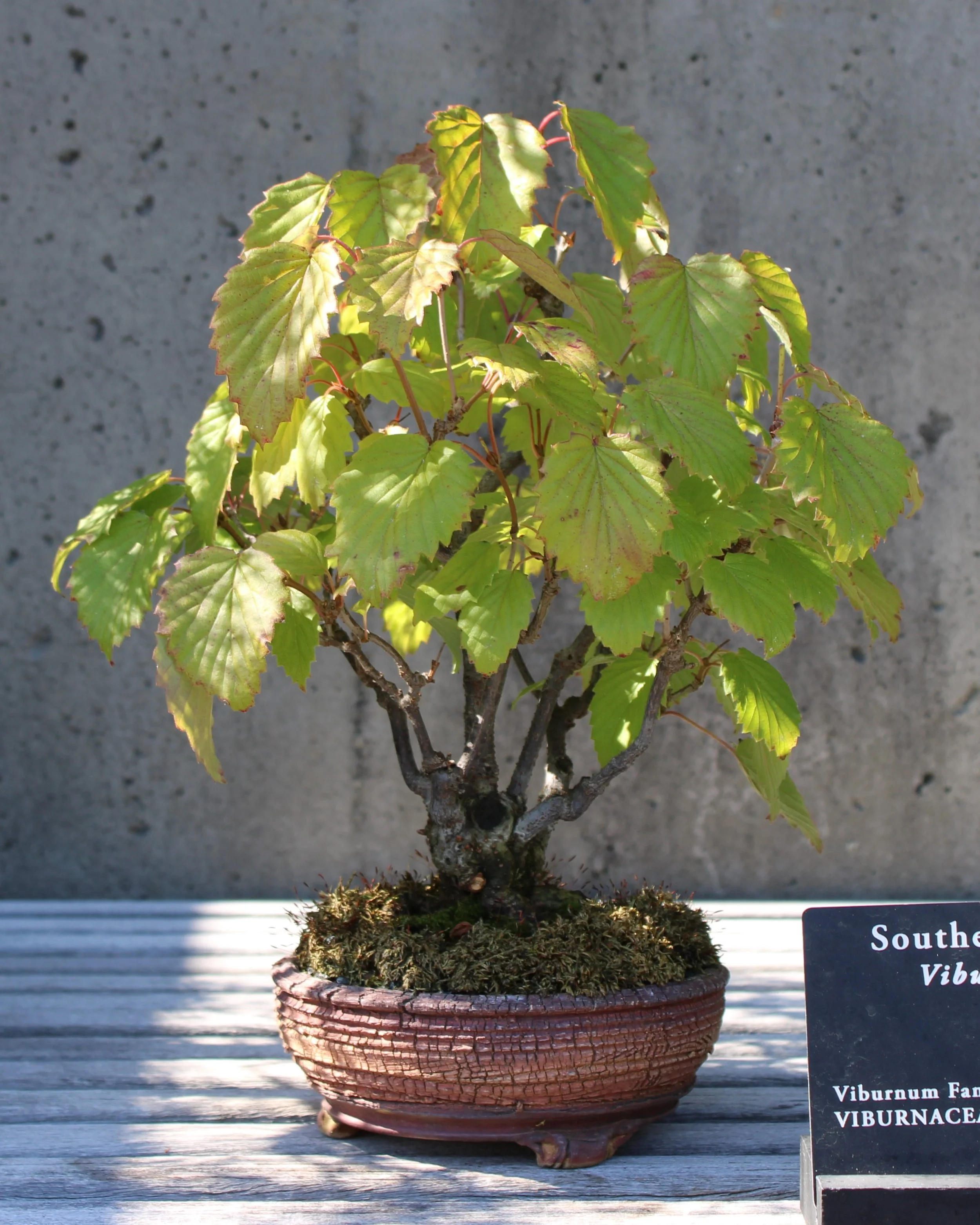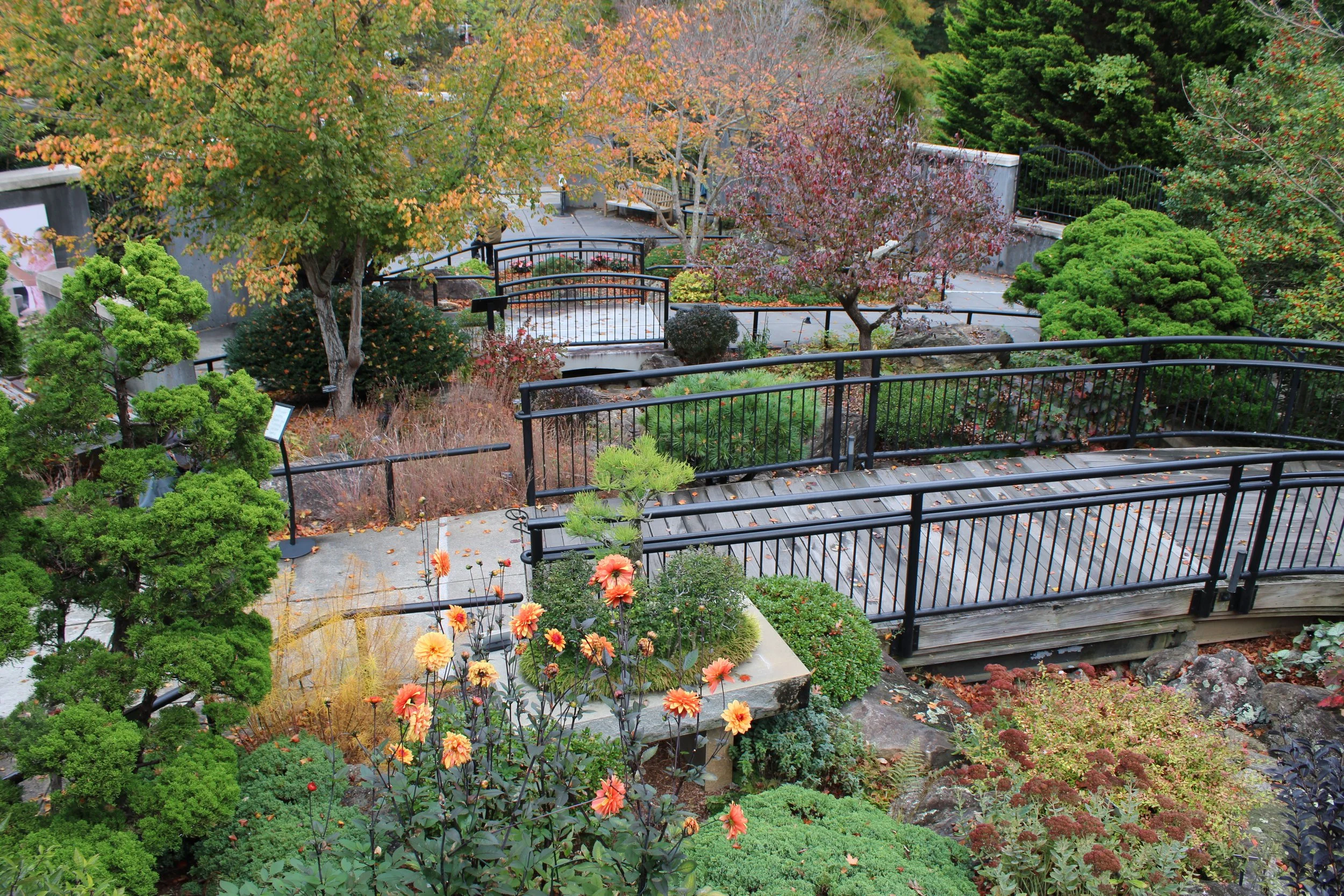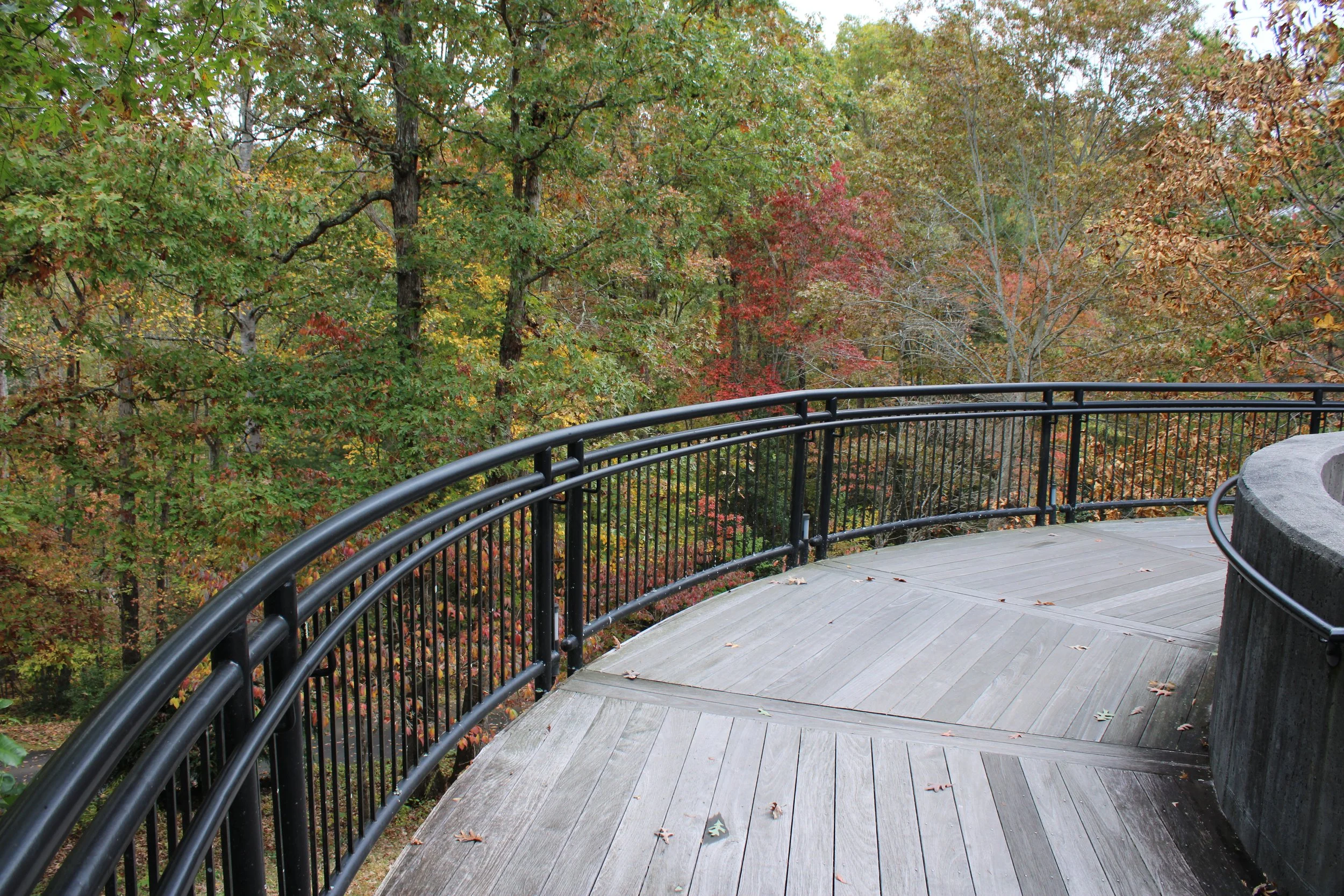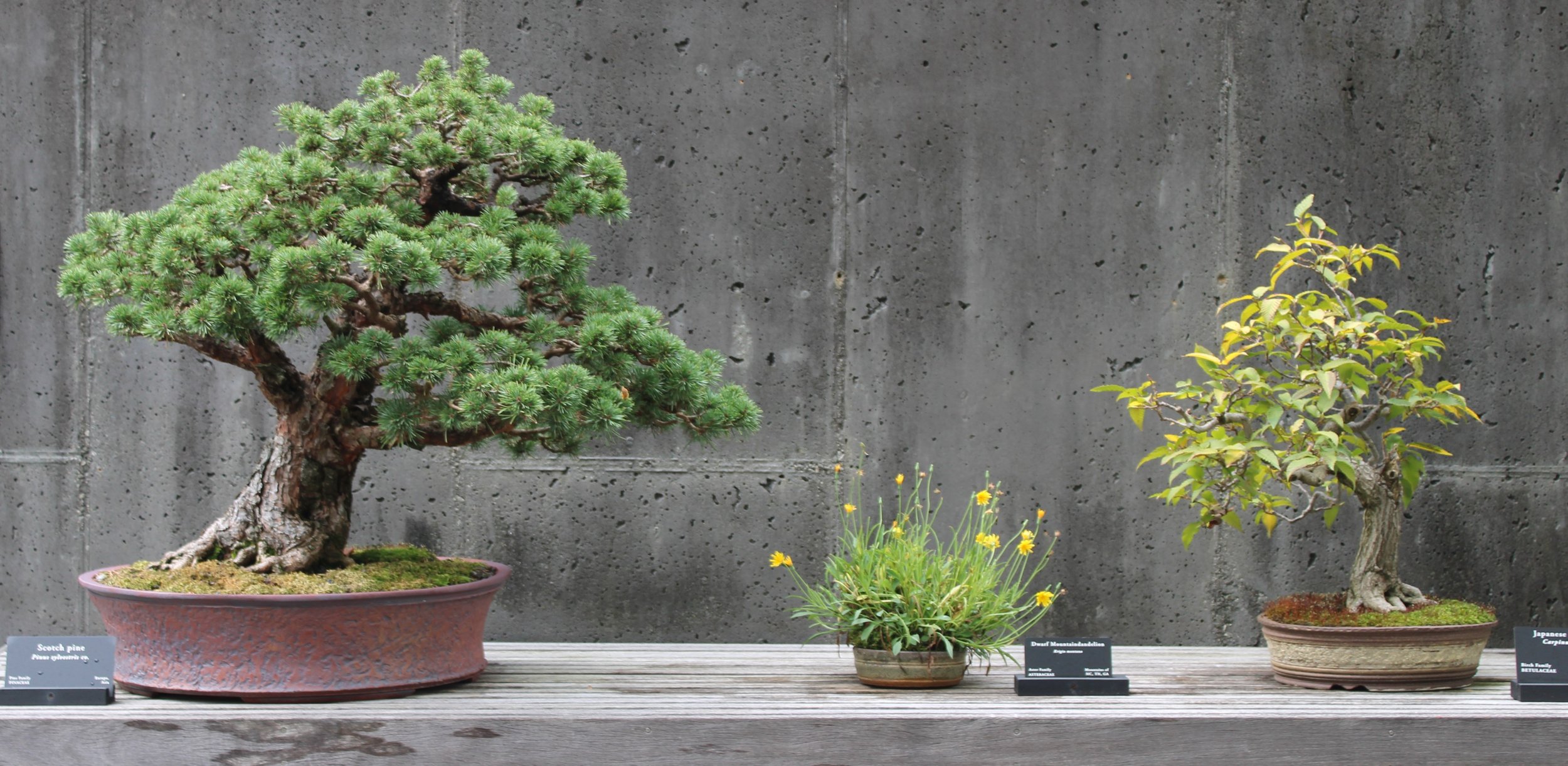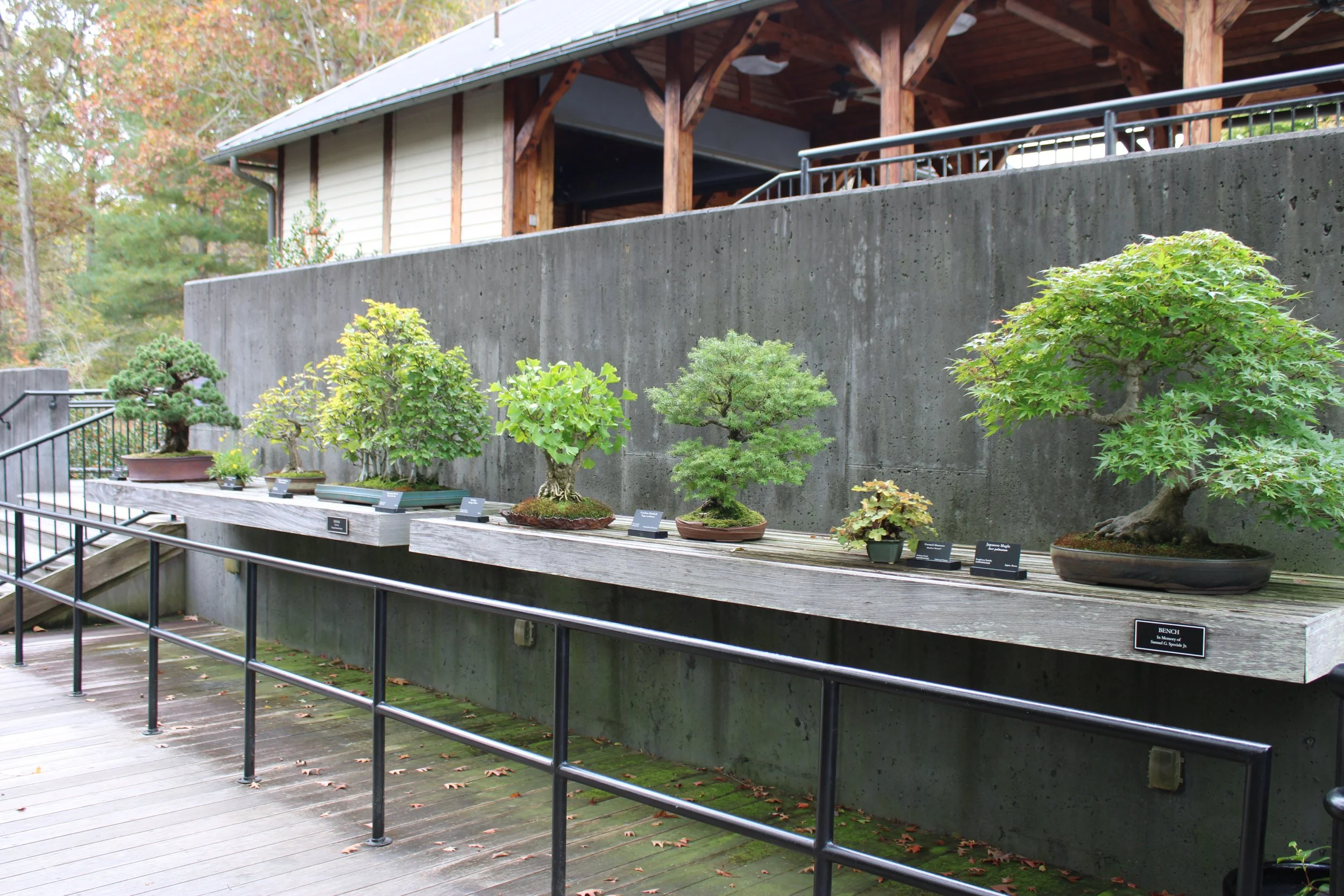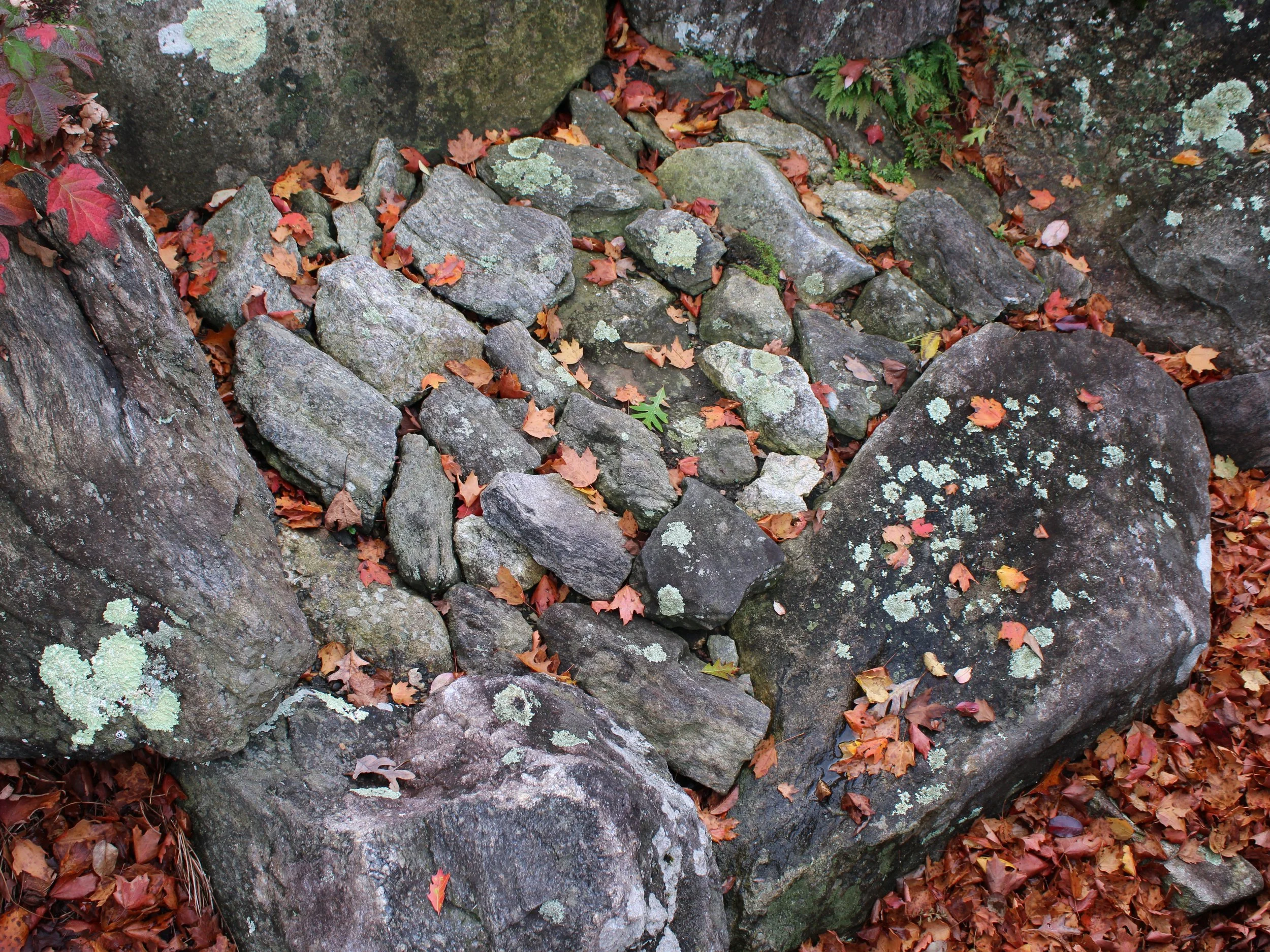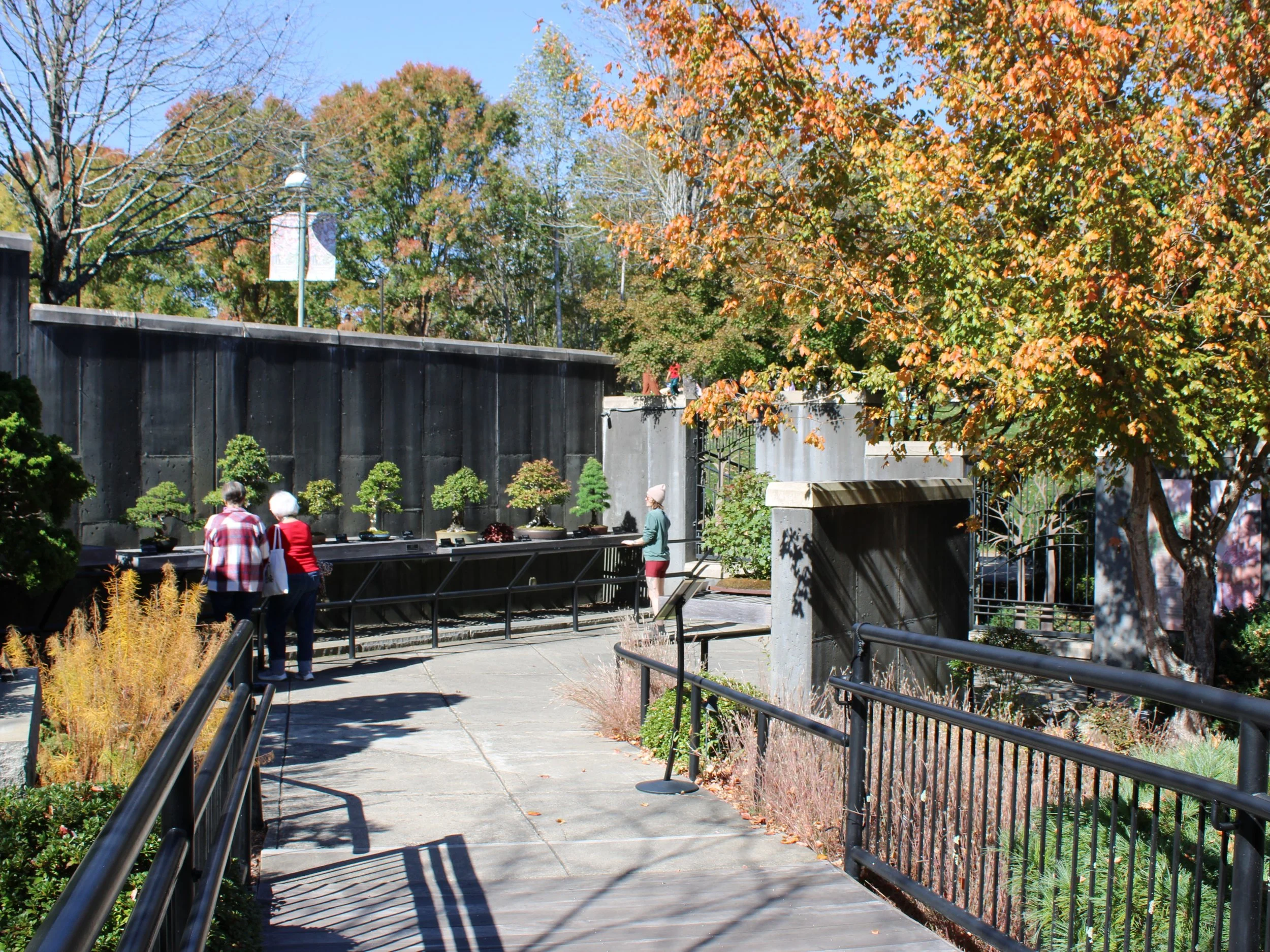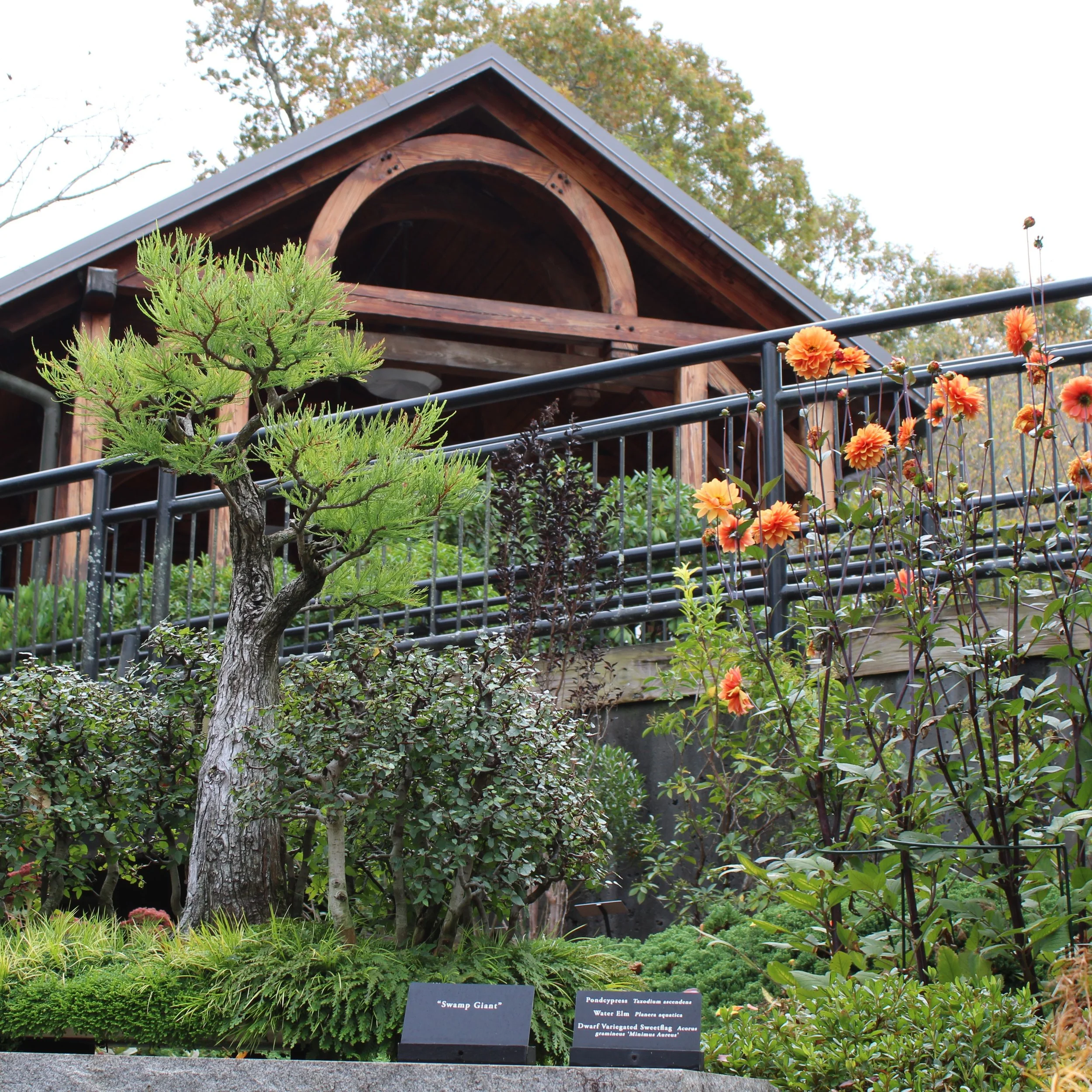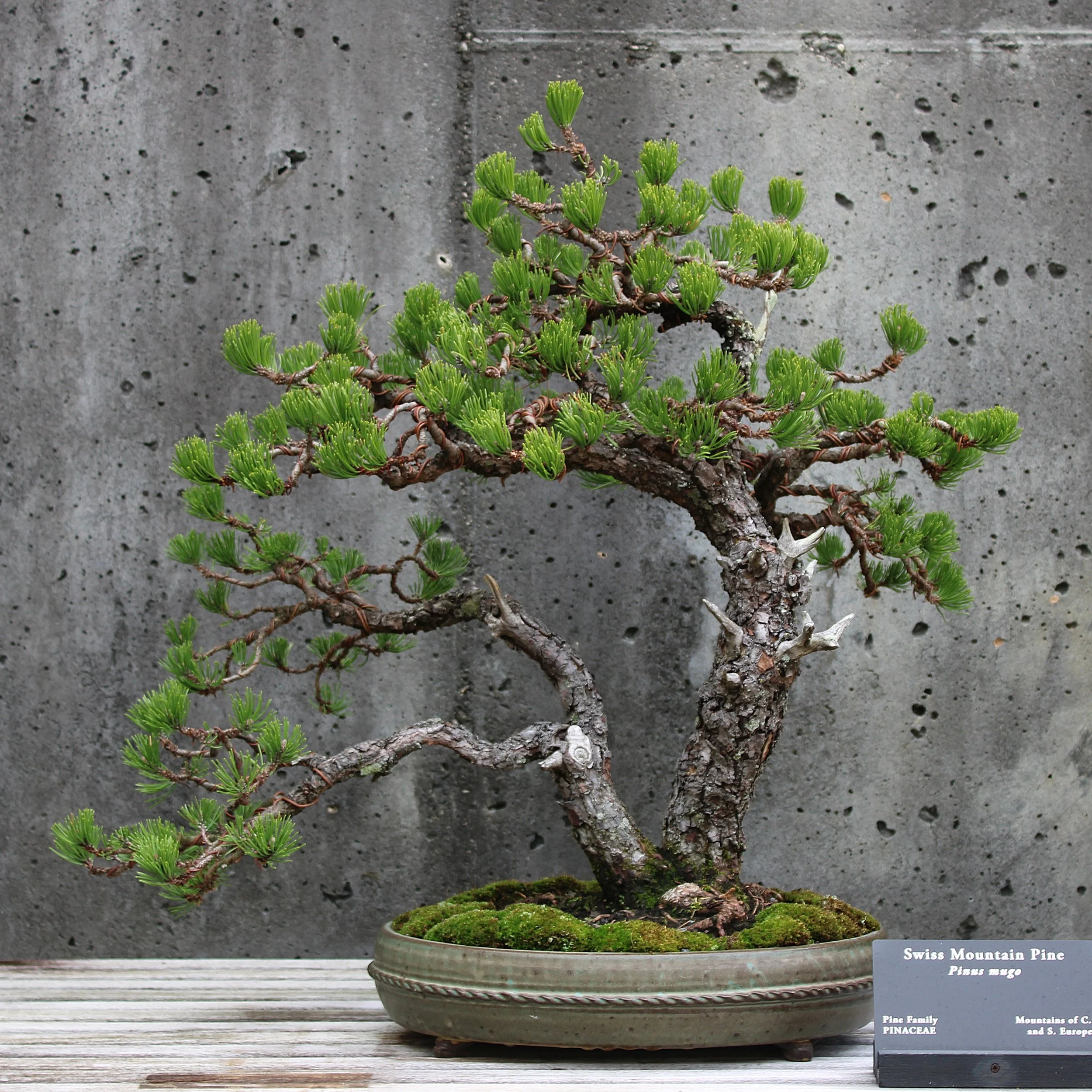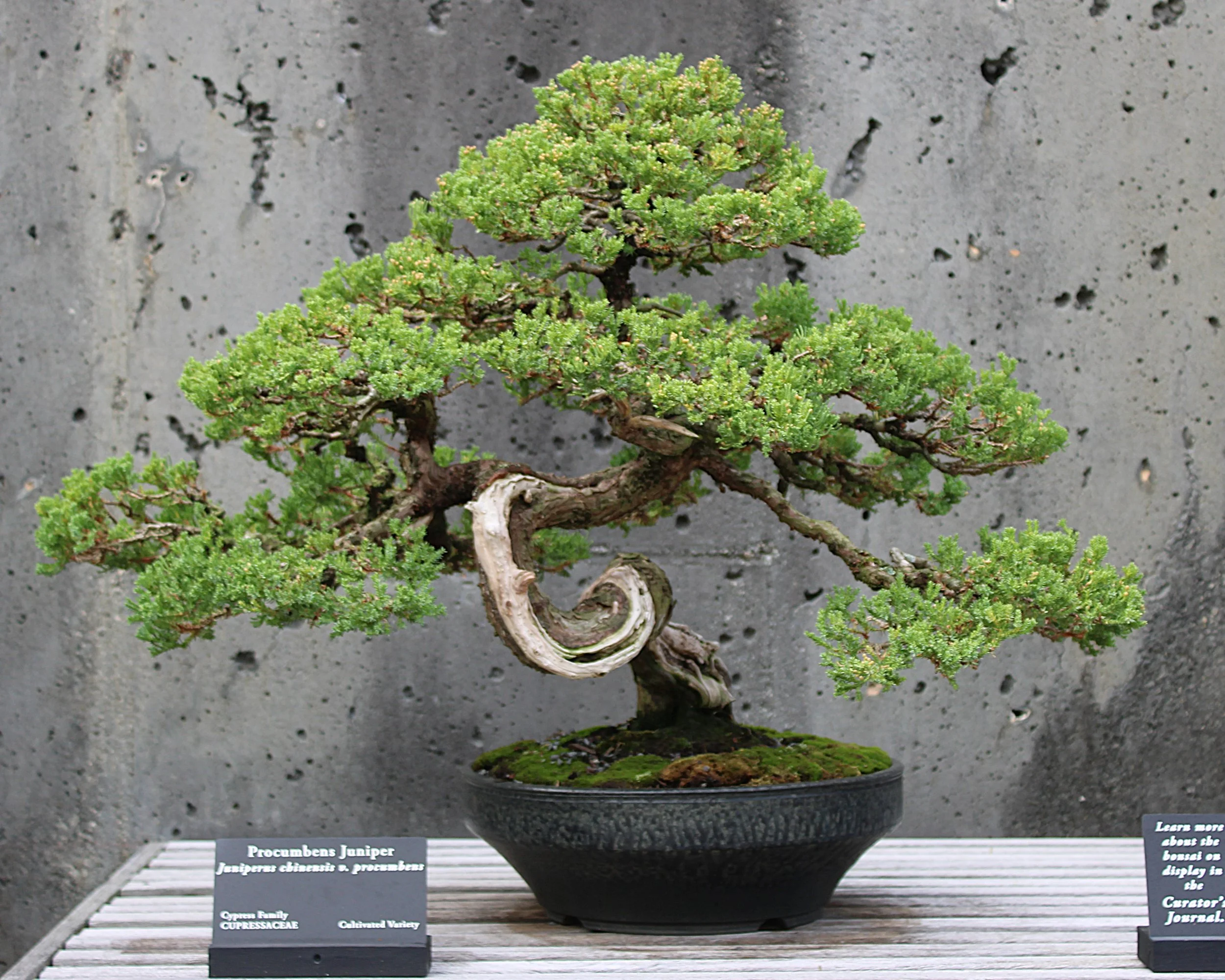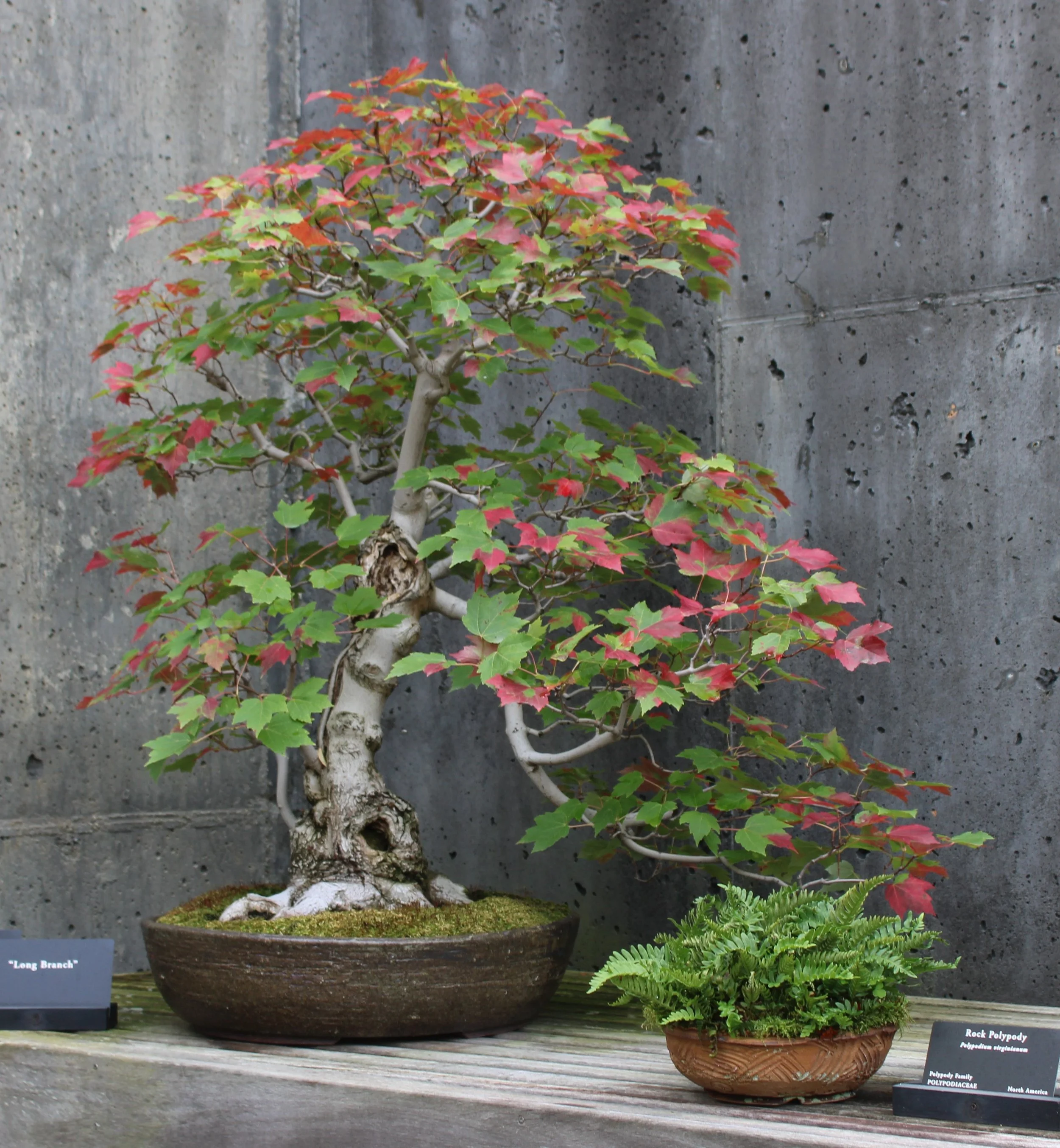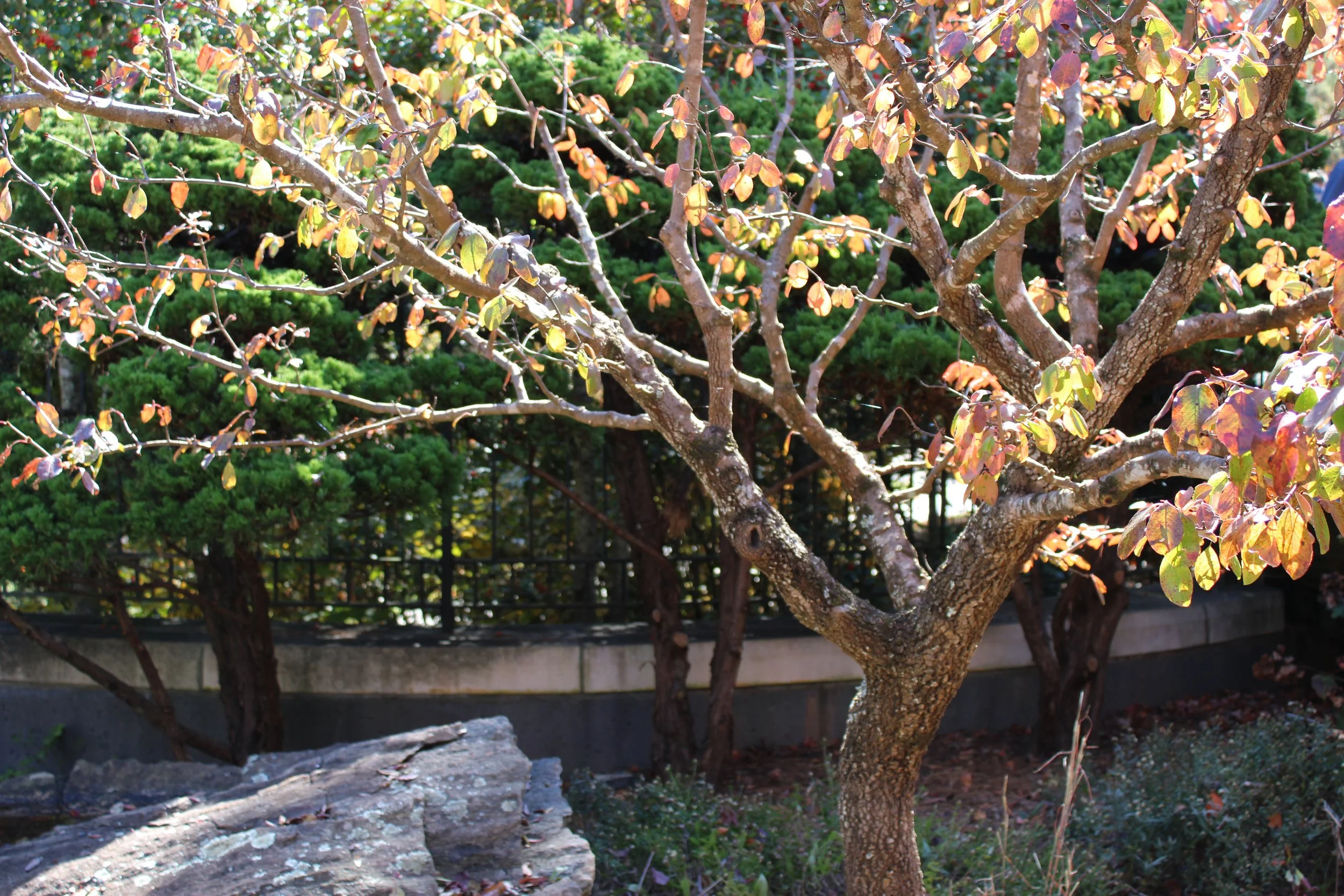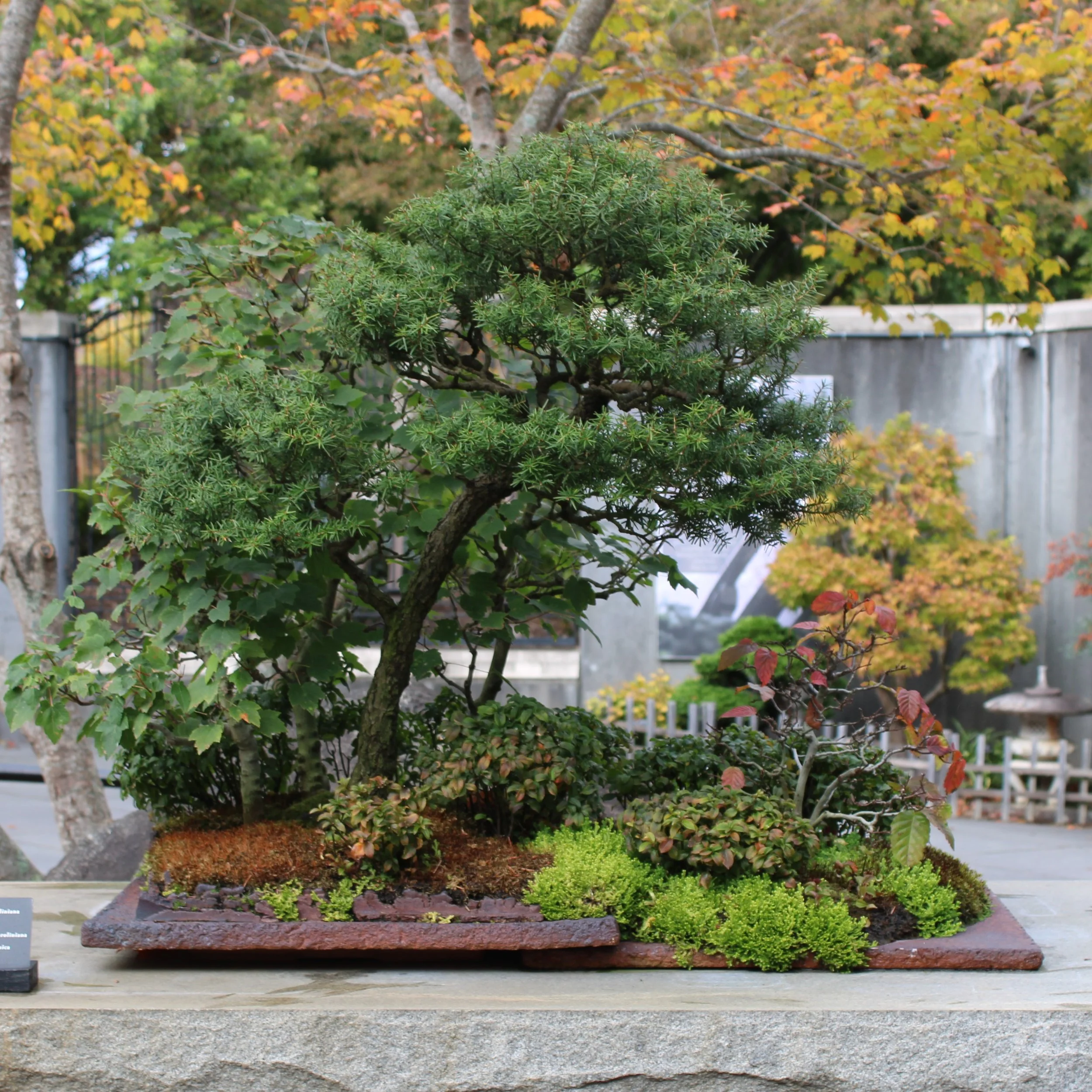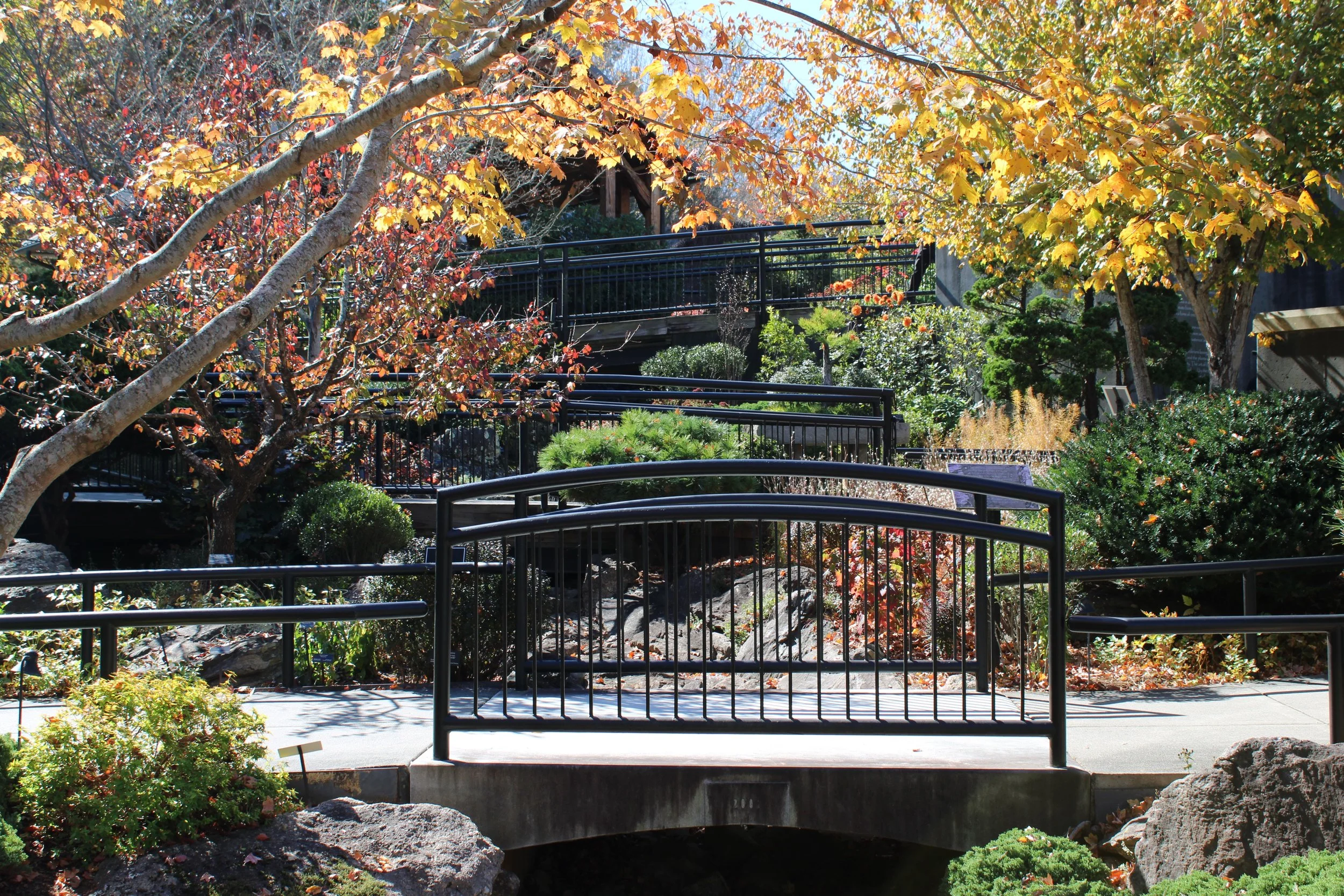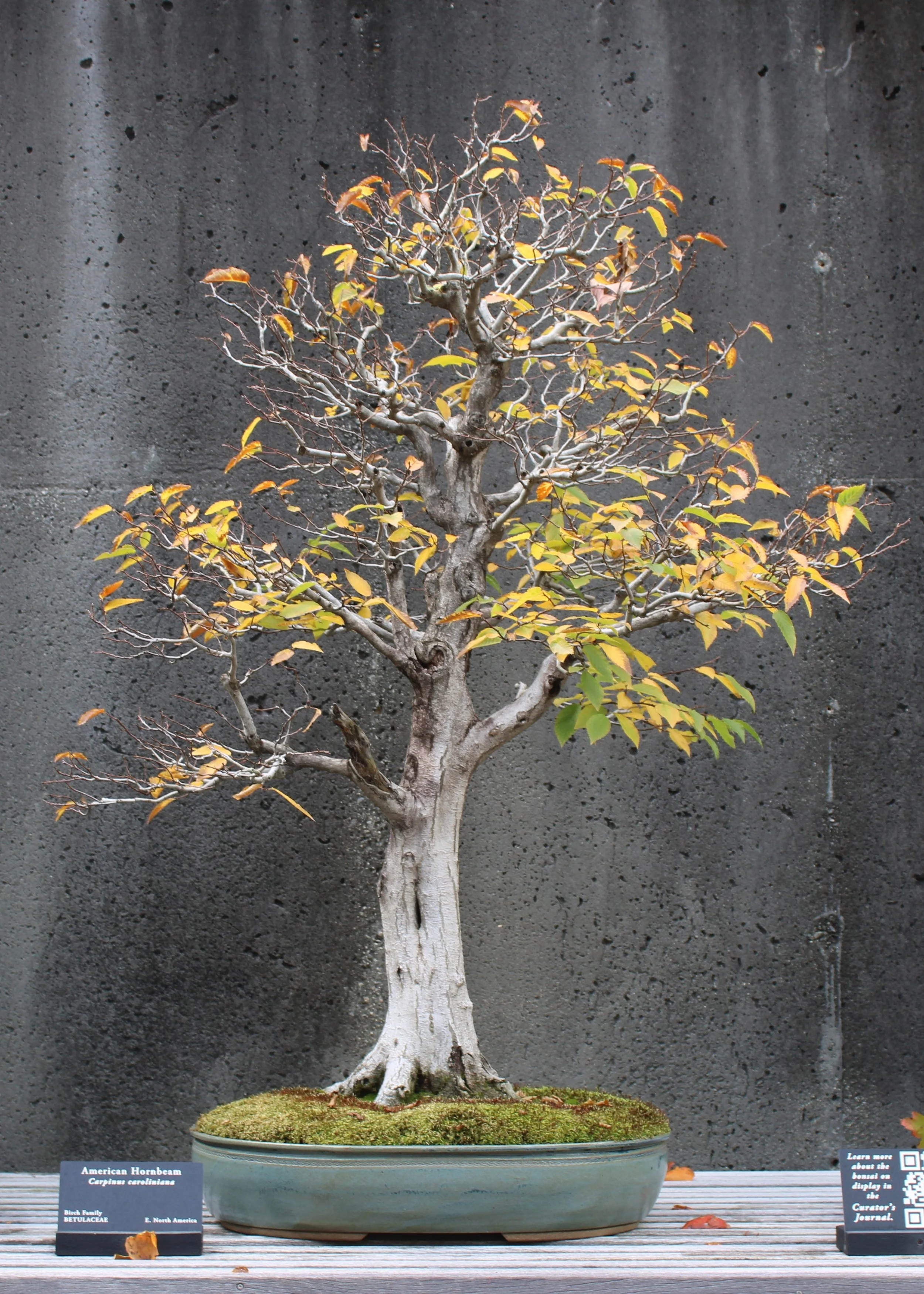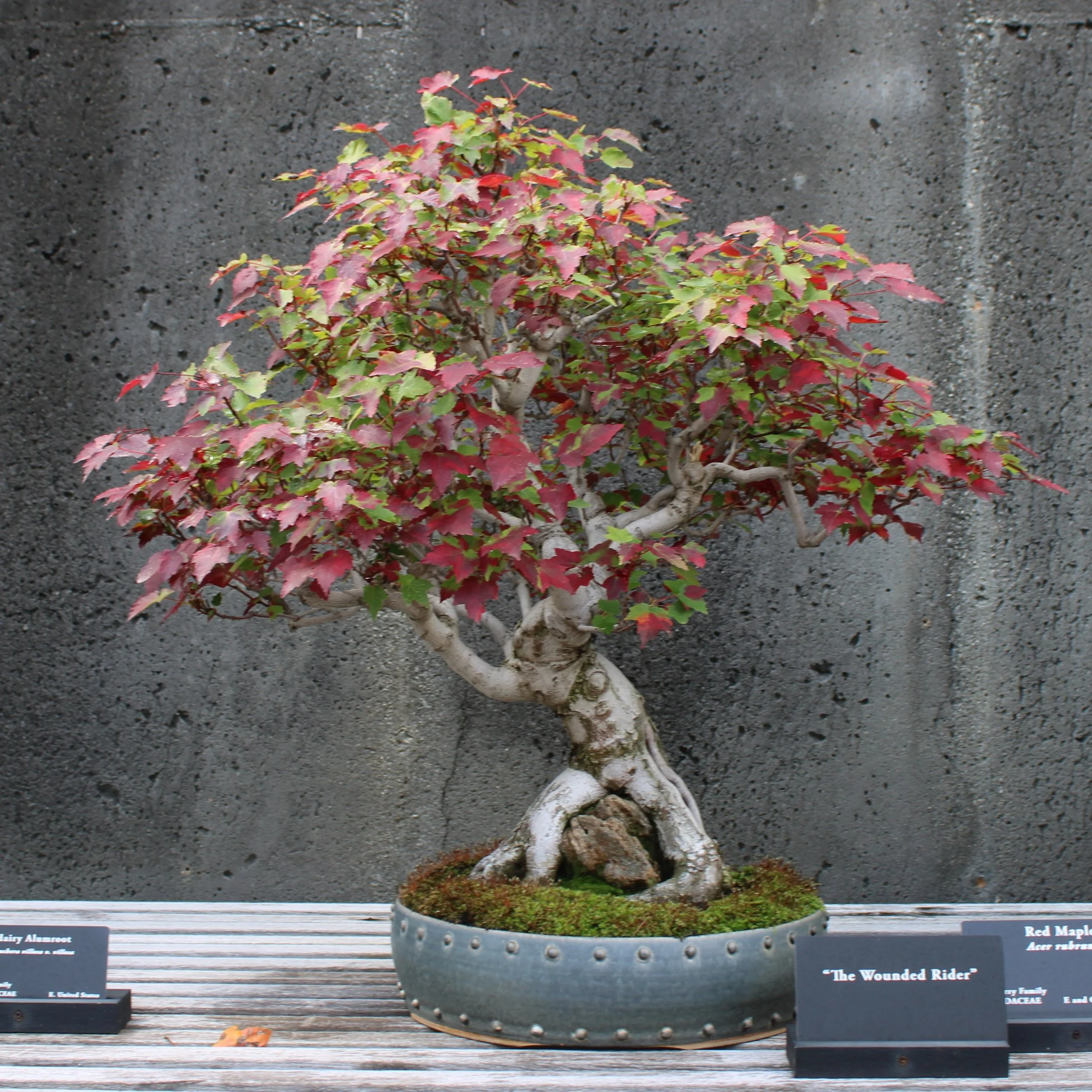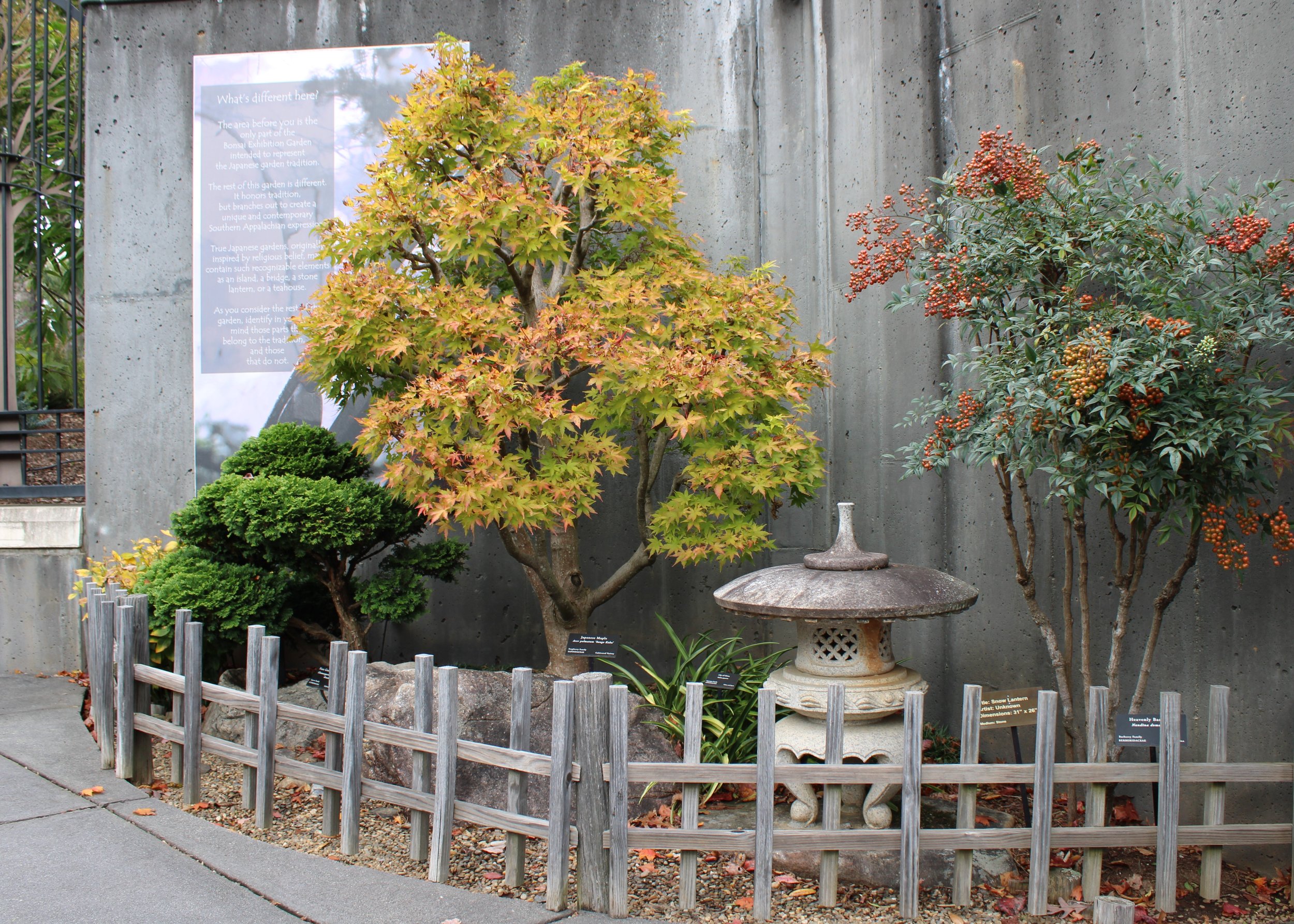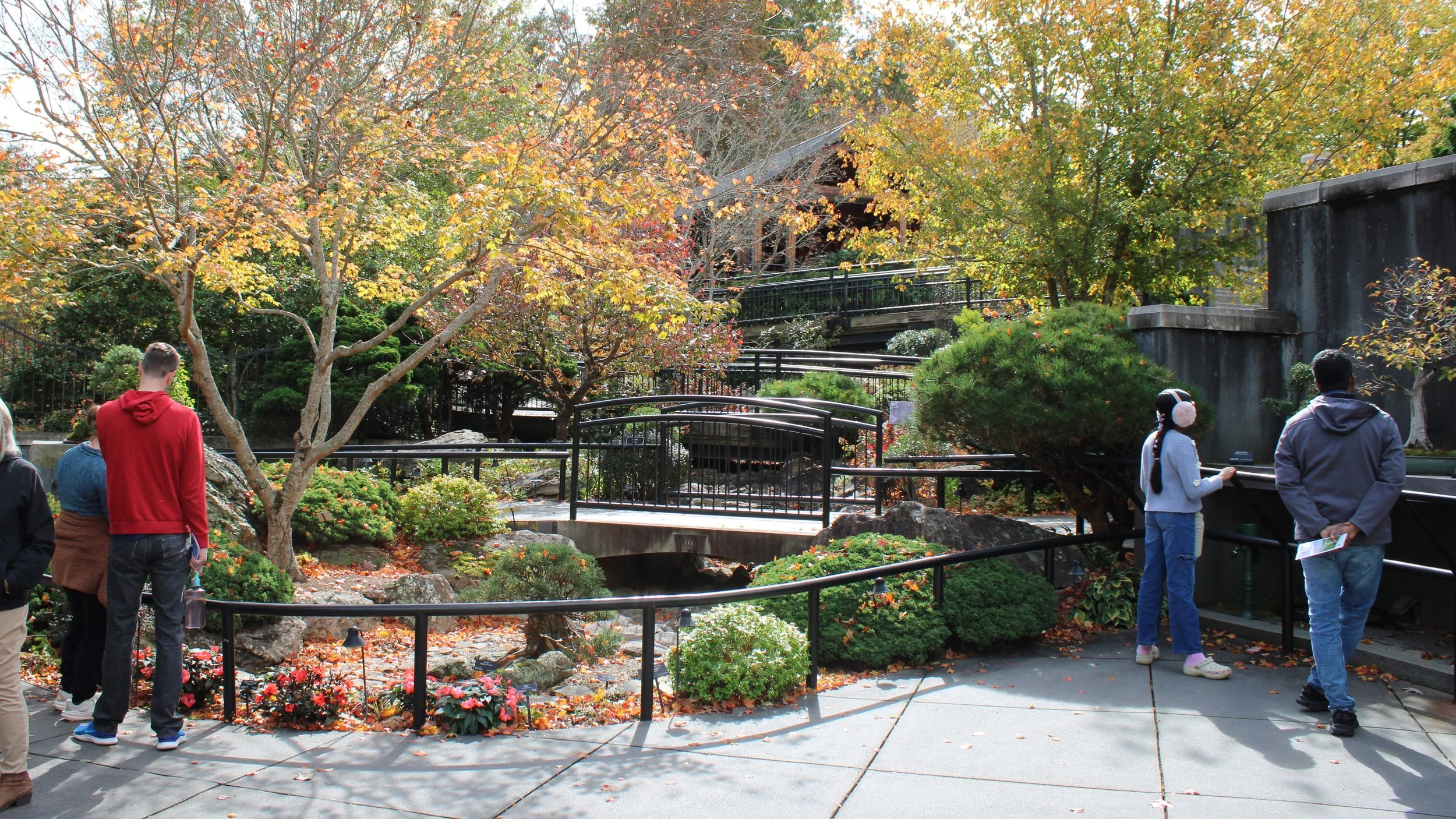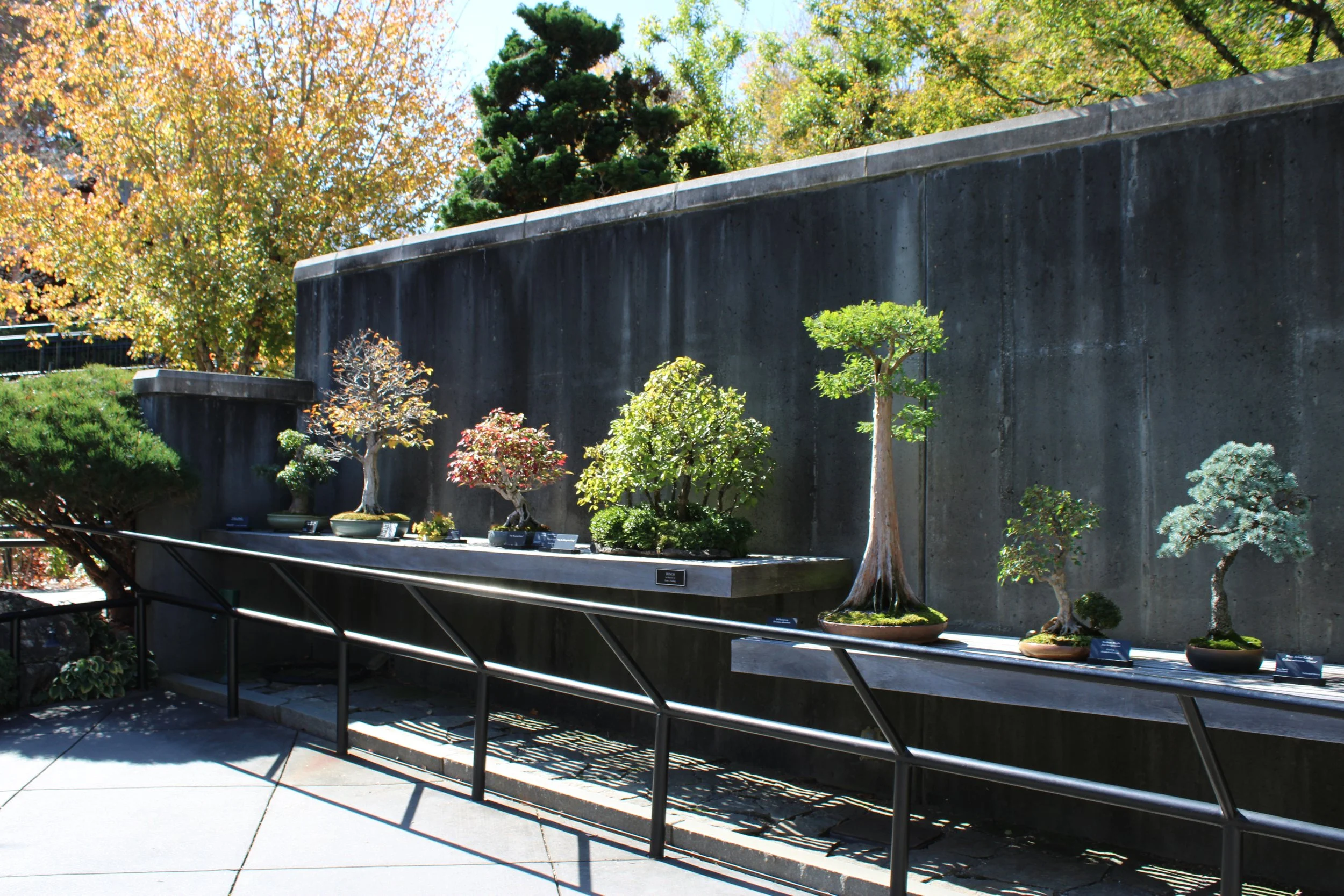It's Showtime!
Live, in-person bonsai demonstrations are a bad idea. They serve a purpose but there are other ways to achieve the same ends, especially now with video and live streaming. The idea of someone standing in front of a live audience and doing bonsai for an hour or two seems obviously wrong-headed on its face. What’s to hold the audience’s attention? The work that’s being done is interesting enough, but it’s slow motion interest, the kind that’s best experienced from the inside. It’s personal interest, not automatically communal in nature. When you do bonsai your mind slips into a different gear, which is fine — optimal, really. You’re there but not there, focused so intently on what you’re doing that everything else goes away. If you get stuck on something you stop and ponder it. You figure it out. It doesn’t matter if it takes an hour to get one little thing right, you’ve got all the time in the world. There’s appeal in reaching that state of mind yourself, but what’s the appeal of watching someone else in that state? You can’t see brain waves and there isn’t much action otherwise. That’s why doing bonsai is not much of a spectator sport. Sadly, quality is the main casualty of the live demo format. No one does their best bonsai work in a demonstration. You certainly don’t and you’ve never talked to anyone else in the business who claims they do. The time factor goes against it. If you’ve got only an hour, or even two, you better be attempting to demonstrate only the easiest, most straight-forward bonsai task, if you plan on doing it right and doing it well. Repotting demos are good that way because repotting is typically such a straightforward job, a mostly mechanical operation. But if you plan on doing work that requires any real thought, any consideration of possibilities — work like designing a tree or putting together a landscape — forget it, a live demonstration is the worst way to go. Doing creative bonsai work by the clock is not a good idea. It might well be that most decisions in life get made with one eye on the clock, and maybe a lot of those decisions would never get made at all if it wasn’t for the clock, but creativity shouldn’t be constrained that way. Ha! Maybe that’s how it is in the ideal world. In reality time intrudes on everything. Do you think the time constraint matters more than the live audience factor? It’s really a combination of the two. If you have only an hour to do a certain job, you get it done. You might not like it but you do the best job you can in the span of time you have, then lament that time didn’t allow for doing it better. But the live audience changes every aspect of the equation. An audience watching what you do always introduces an element of pressure, of stress. Being a professional in a public facing occupation inevitably means people watch you work and you get used to it. You don’t mind people looking on because you know what you’re about, you’re comfortable with the work and do it the same whether anyone’s watching or not. An audience at a demo is different, though. If you’re out working in the garden and some people come along and watch what you’re doing, those people are an audience of a sort but not the same as a room full of people watching you. Those people in the garden are just passing through. They just happened to come upon you and you’re doing something a little out of the ordinary so they stop and watch, maybe ask a question or two and maybe you chat them up a bit because you’re in a good mood, and then after a minute or two, or five, they walk on. Those interactions are easy. They’re casual. Up on stage it’s a different dynamic, and the audience is a different animal. There’s a more formal element to it. You’re not just doing your work, you’re up on stage intentionally making a show of doing your work. And the audience is not the same as some random group of people who happen by, look on for a short time and then leave. At least you hope the audience isn’t like that! The audience at a demo is there specifically to watch the work, and they stay around, sitting in seats set out for them, and you’re standing in front of them specifically to make a show of what you’re doing. The audience at a demo is there to watch a show. The person doing the work in front of them is putting on a show. That means a bonsai demonstration is a show. Funny though, if you ask someone what useful purpose bonsai demos serve the answer you get almost always defends them as educational. A bonsai demonstration is held up as a good way to teach the art of bonsai to a larger group of people all at once. The best way to learn is one-on-one with a good teacher. If not that, then being a student in a small, intimate class with a good teacher is the best way to go. If those options aren’t available, then you learn by attending a bonsai demonstration. In that format you learn while sitting in a crowd of people, watching from a distance of at least ten feet away or likely considerably more than that, as a person makes small hand motions while hovering around a little tree. You really can’t see much of anything. You’re pretty reliant on the person doing the work to be giving you a running explanation of what they’re doing, and that means the person doing the work needs to be good at explaining, which you would hope a good teacher is. But the person giving the demonstration needs to be able to work and explain at the same time. That’s not so easy to do. Presenting a bonsai demo calls for both a greater degree of articulateness and some serious public speaking chops. What’s public speaking but another form of showmanship? It comes back to that — bonsai demos are shows. Shows are entertainment. Bonsai demos can be educational, but they have to be entertaining first or the audience won’t stick around to be educated. That’s a pretty tall challenge, to be both entertaining and educational, to hold an audience’s attention for a extended period of time and teach them something, too. On top of that you want the work to be good. That’s not asking too much, is it? Be entertaining, be educational, do good work and don’t be distracted by that clock you hear ticking in the background. No — live, in-person bonsai demonstrations are not a good idea.
So, why do you do them?
Well. You know why.
Scenes from the bonsai garden, October 20 and 22, 2025:
